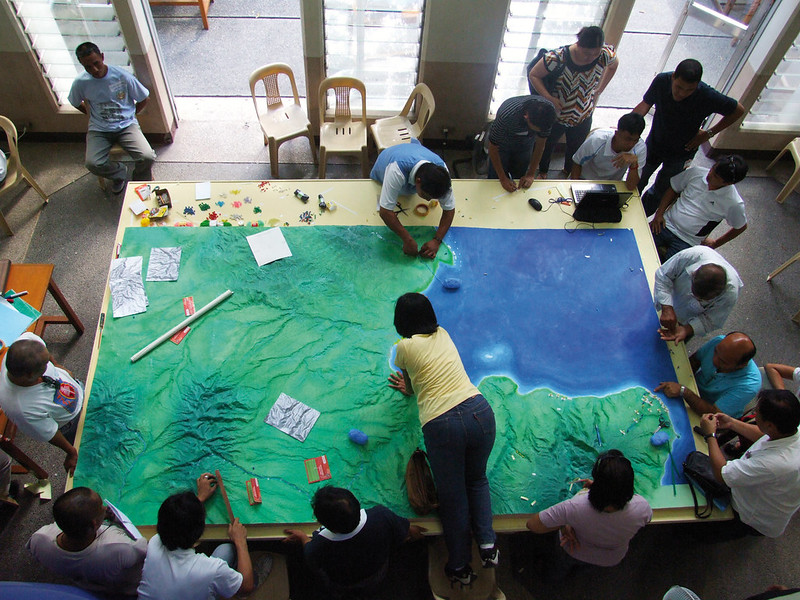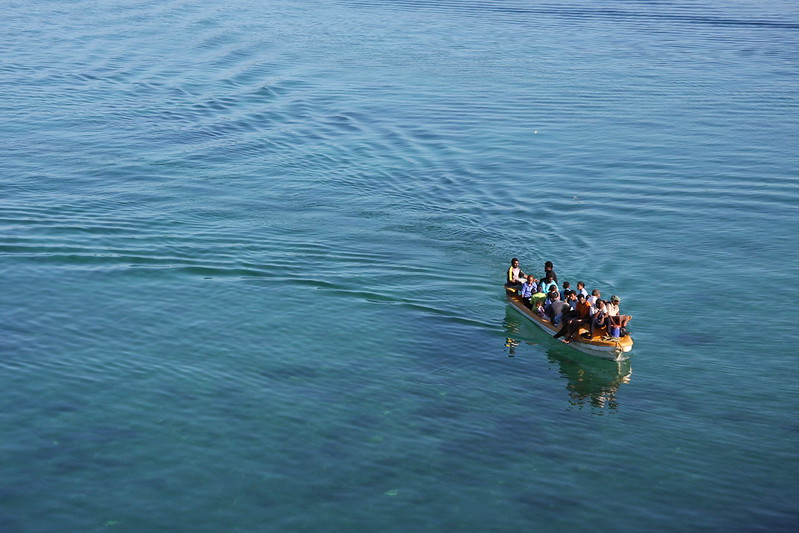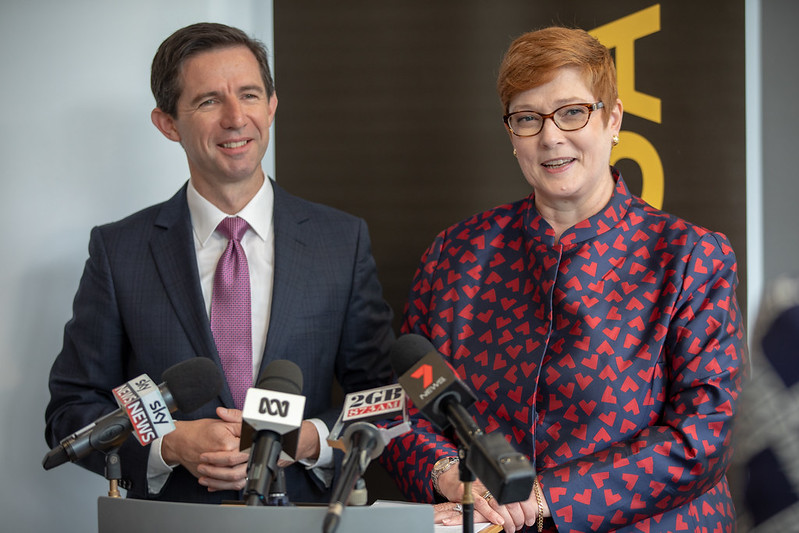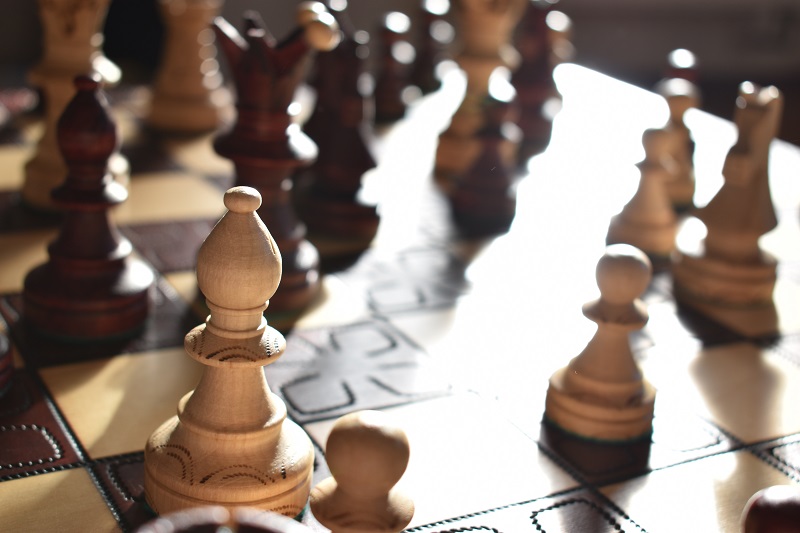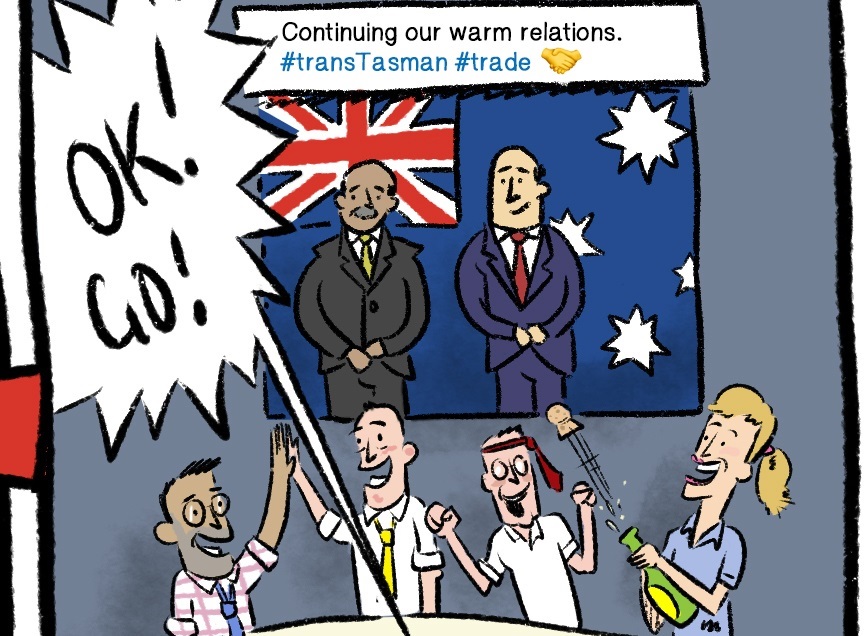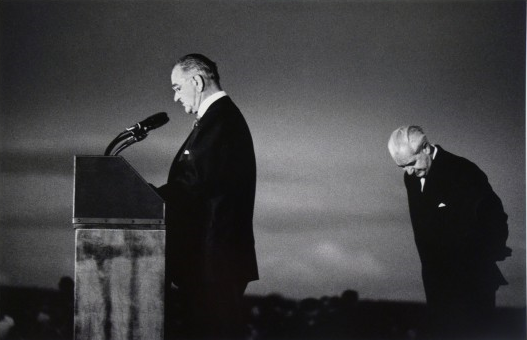Positive agenda, not budget envy: Increasing Australia’s investment in diplomacy
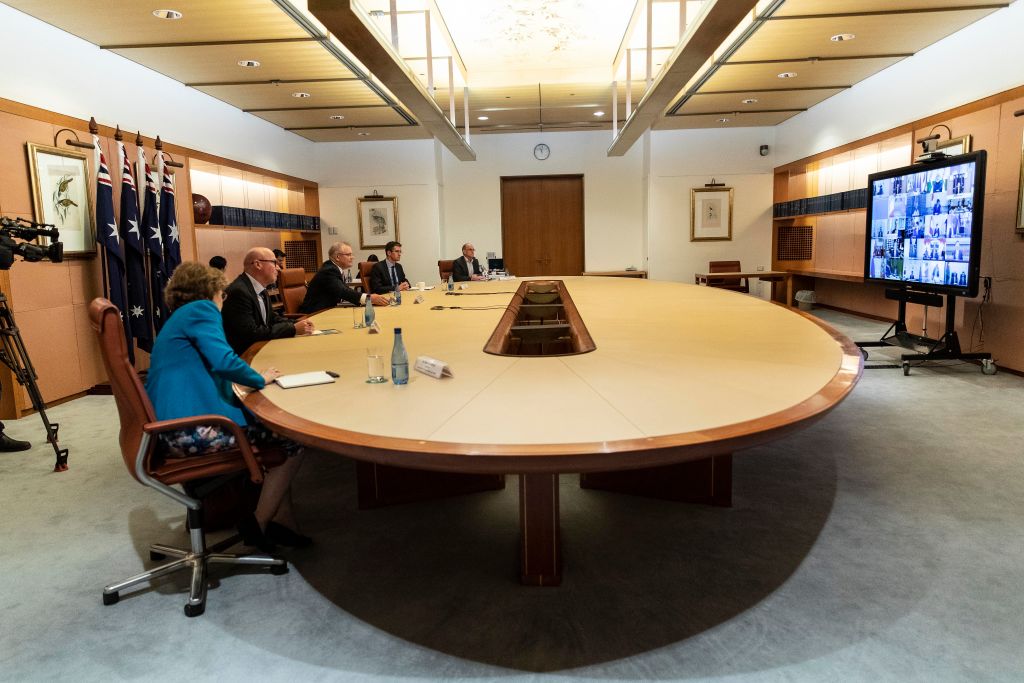
It’s true that Australia is underinvesting in diplomacy given the type of world we are living in. But it’s wrongheaded to blame MPs and ministers for not simply understanding the intrinsic value of the Department of Foreign Affairs and Trade and giving it more money. It’s just as wrongheaded to call for increases because Australia’s defence budget is growing in real terms while DFAT’s isn’t.
Graphs show DFAT’s budget essentially flatlining over the decade while the defence budget has now had four years of sustained real growth. Does this mean DFAT is being robbed and the Department of Defence rewarded?
No, and here’s why this argument will fall on deaf ears in the Treasury, at the Department of Finance and in the cabinet: DFAT is primarily a staff-based organisation, with buildings and office information and communications technology systems. In times not beset by a global pandemic, it needs to travel but its budget is driven by people costs. These rise at the rate of wage increases, which have been modest over the past few years, and will probably be flat through the recession.
Defence, in contrast, is an equipment-heavy organisation, with investment in military hardware taking 40% of its budget and operating the resulting systems and enterprises taking more than 30%. People costs are less than 30% of Defence’s budget. And the costs of the high-technology, complex systems and machines needed for advanced militaries rises faster than those of most other goods and services.
This budget driver is heightened at times of increased strategic and technological competition—like now. In addition, these military systems and platforms can only be developed and acquired through long-term projects, as seen with the multi-decade frigate and submarine programs, so long-term capital investment plans are essential. That is simply not the nature of DFAT as an organisation.
So, comparing Defence and DFAT budgets and saying it’s a travesty if one is growing and the other isn’t bogs down when you look at what the two organisations need to perform their missions.
As to the parliament or successive governments being to blame for not realising the intrinsic worth of diplomacy, this gives a free pass to DFAT’s senior leadership for not successfully advocating for the mission or funding of their department.
A rationale for this in recent commentary by former diplomat James Wise is that ‘ministers allocate resources to departments, based on their assessment of priorities’ and the Labor, Liberal and National parties ‘have lacked the political leadership to ensure that foreign policy-making and diplomacy are adequately resourced’.
That’s passive at best. The senior leadership of every department is responsible for the advice that their ministers and governments make decisions upon—including budgetary ones. Certainly, in our system of executive government, ministers decide while public servants advise. But, as the saying goes, they who write the minutes control the meeting. So, those who can provide advice must and should expect to affect the decisions made as a result—if they’re doing their jobs well.
None of this means that giving DFAT a secure and growing budget isn’t important, but not on the grounds that successive governments have dudded them or Defence got cash so they should too.
A better rationale for increased DFAT funding would be one that connects with the international environment and what diplomacy can do to advance and protect Australia’s interests.
Taking up Scott Morrison’s recognition of ‘positive globalism’ might be the right starting point. Launching the new defence policy and investment plan on 1 July, the prime minister said:
The rest of the world, and Australia, are not just bystanders to this.
It’s not just China and the United States that will determine whether our region stays on path for free and open trade, investment and cooperation that has underpinned stability and prosperity, the people-to-people relationships that bind our region together.
Japan, India, the Republic of Korea, the countries of South-East Asia, Indonesia, Malaysia, Singapore, Vietnam and the Pacific all have agency, choices to make, parts to play and of course, so does Australia.
So, Australia will be an activist power in this poorer, more dangerous and divided world, and Australia will work closely with the range of nations sketched out here. This is a foundation for investment in diplomats to work to this purpose.
Combine this with what Australian diplomats, working with an engaged prime minister, foreign minister and front bench, have achieved recently and you start to get the momentum for the investment DFAT needs. Australia led the global debate about the need for an inquiry into the Covid-19 pandemic, and, against furious opposition from the Chinese government, obtained a thumping majority of countries’ votes at the World Health Assembly in May.
The international support was so overwhelming that Beijing ended up having to voice public support for the inquiry. Diplomats were critical to articulating the need and creating partnerships that ended up in voting support at the assembly in the weeks between Marise Payne announcing the idea in April and the WHA meeting in May. Each engagement Payne and the prime minister had with counterparts was facilitated by our diplomatic machine and made possible because of their work. It’s interesting to remember that Beijing and voices in Australia scoffed at the thought of creating enough international support to give effect to the government’s call, yet that’s what happened.
Add the hugely successful consular work to get Australians back home safely from far-flung parts of the globe that DFAT officials have orchestrated (with other agencies) in recent months despite the strains due to limited spots for returnees to be quarantined—and the department’s exemplary work in getting two Australian journalists out of Beijing.
It’s clear that Morrison has moved a long way from the strident criticism of international institutions and bureaucrats given in his ‘negative globalism’ speech in October 2019. He has a confident agenda for Australian engagement in the world and our diplomats are central to this. Payne has taken his ideas up in setting out the three core roles for this work.
Instead of seeing Defence as a budget adversary, this approach can welcome the government’s strategic update and the greater military power that it’s creating for Australia in a turbulent region. That stronger military, along with the prime minister’s will to use it to ‘shape Australia’s strategic environment, deter actions against Australia’s interests and respond with credible military force, when required’ gives a new and powerful platform to our diplomats.
So, the time is right for Australian diplomacy to advance our positive national agenda and to demonstrate to this government and those to follow why investment in diplomacy is one of the best decisions they will make.


